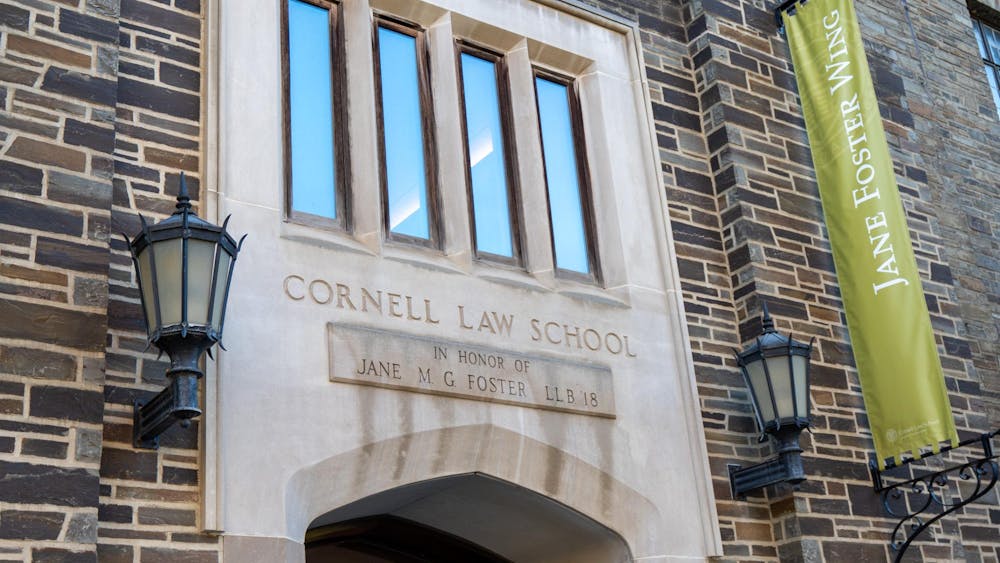With fall settling in on Ithaca, flowers and foliage were wrapped away from the trial garden beds in front of the Nevin Welcome Center, a place that had served the background for colorful blossoms and numerous selfies for the past few months.
The Cornell Botanical Gardens and Floriculture Program partnered to put on its annual “plant trials” program again this year, bringing people together to do more than just appreciate the flowers. Last Sunday marked the end to this year’s plant trial, during which over 150 kinds of plants were planted, tested and showcased, benefiting the flower breeding industry and adding delights to the local community.
“Plants and nature are a universal connector among us all, and that is the beauty of it. No matter our background and experiences, we can come together and bond over plants and share with each other these experiences,” said Melissa Cox, a Cornell Botanic Gardens horticulturist and member of the Annual Trials Program.
“People are getting exposed to plants they may not have seen before. They are also getting garden ideas,” said Kendra Hutchins, program manager for the annual trials, citing the educational element of the program.
Hutchins and Cox themselves are also thrilled each year by the opportunities of seeing new plants develop and new varieties of an old plant coming to life in the trial garden bed. Both of them mentioned that the learning aspect of the program as part of the motivation for doing the program.
Though the annual plant trials program has been in place for about fifteen years, this year is the first time that the Cornell horticulture department held the trial garden beds at the Cornell Botanic Garden, making it easily accessible to the community. The previous location was one mile from central campus.
Cultivars, plant variations created through cloning or hybridization, were shipped to the people in the program as early as December or January. Seeds were then sown into greenhouse according to an appropriate schedule. Before the frost completely melts away in June, plants are taken care of in the greenhouse.
As planting days came near, the organizers, including Hutchins and Cox, started designing and planting the trial garden bed, which has more restrictions than traditional beds because a certain number of plants need to be spaced at specified intervals. The restrictions led to creativity in the design, Cox said.
After the completion of the planting process, the plants are evaluated. The results are sorted into three “top ten” lists — one each for program members, horticultural professionals and customers. The program sends these results to a handful of participating breeding plant companies, including American Takii, AmeriSeed, Ball FloraPlant, Ball Ingenuity and more.
New this year, the public had the opportunity to participate in the evaluation –– in addition to horticultural professionals –– by casting ballots and voting on their favorite plants.
After the votes were tallied, this year’s winner was announced: the Dahlia Venti Red+White, bred by Selecta.
“It is really exciting to be able to share with the public the process behind developing a plant and the data that gets collected,” Hutchins said.
Though the plants are wrapped away for the oncoming chills, there’s only a brief window before Hutchins and other members of the program will set their sights on next year’s blooms.

Dahlia Flower Consumer Favorite at Annual Plant Trials Program in Cornell Botanic Gardens
Reading time: about 3 minutes
Read More










